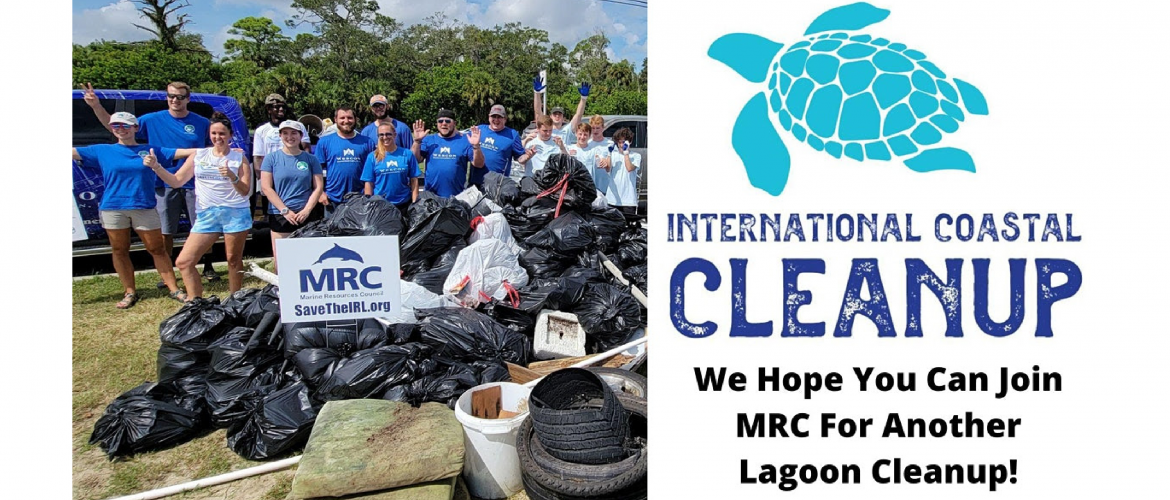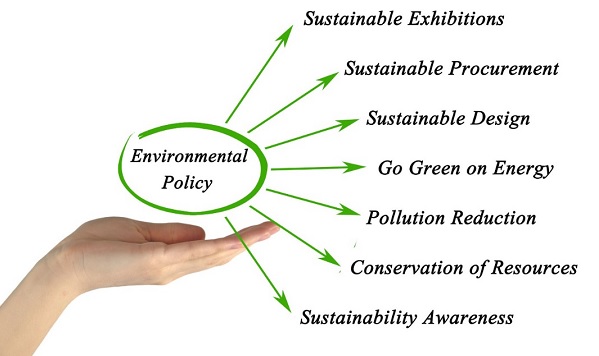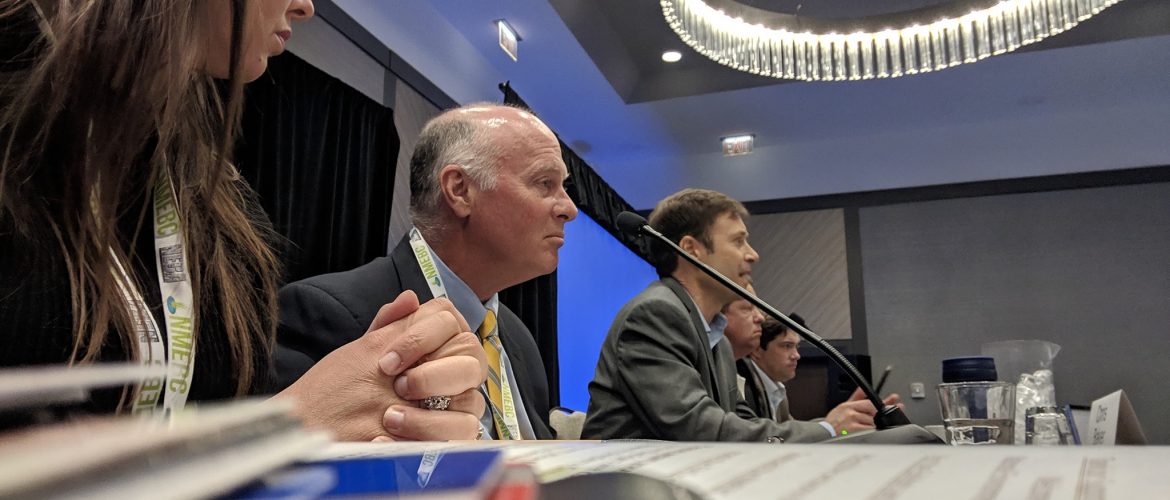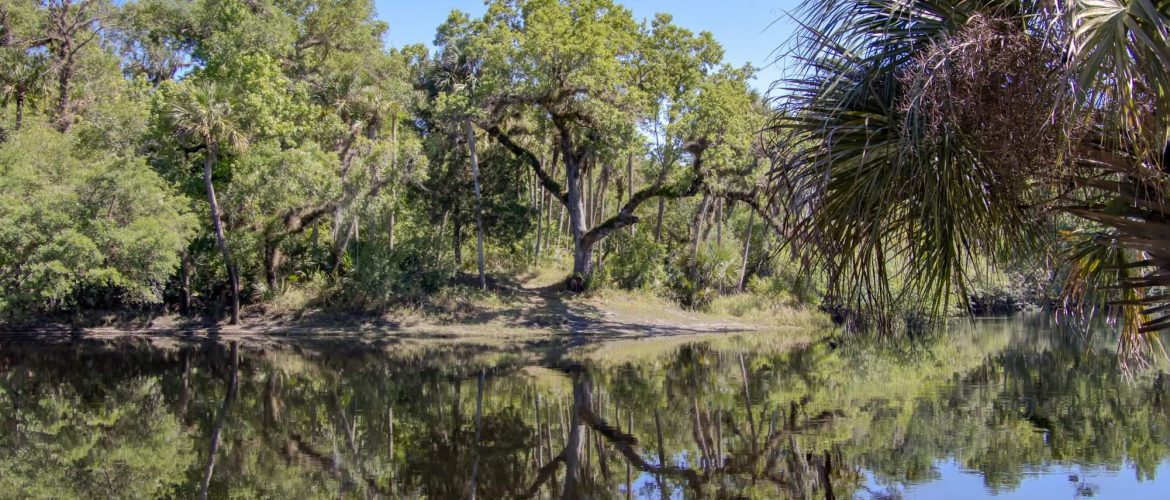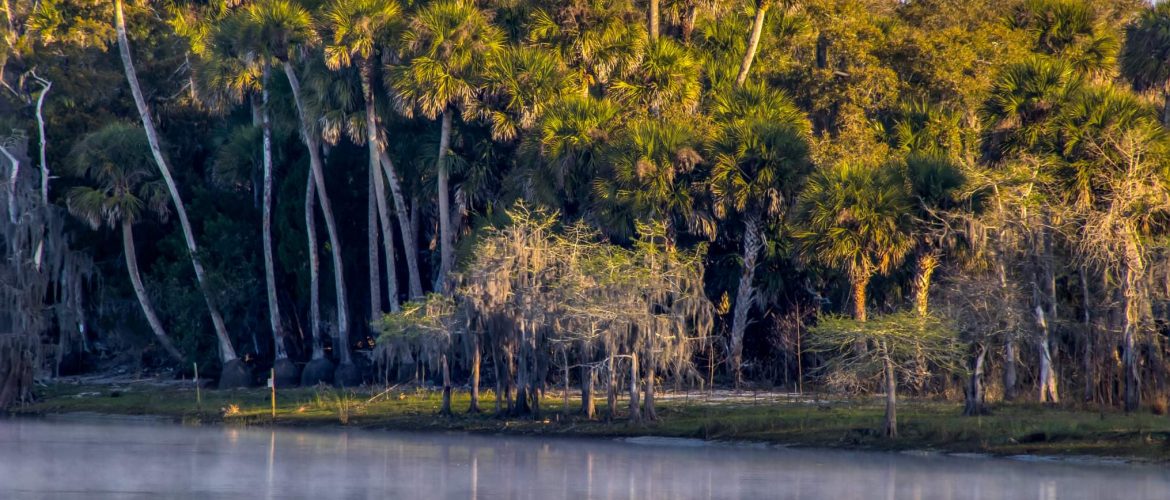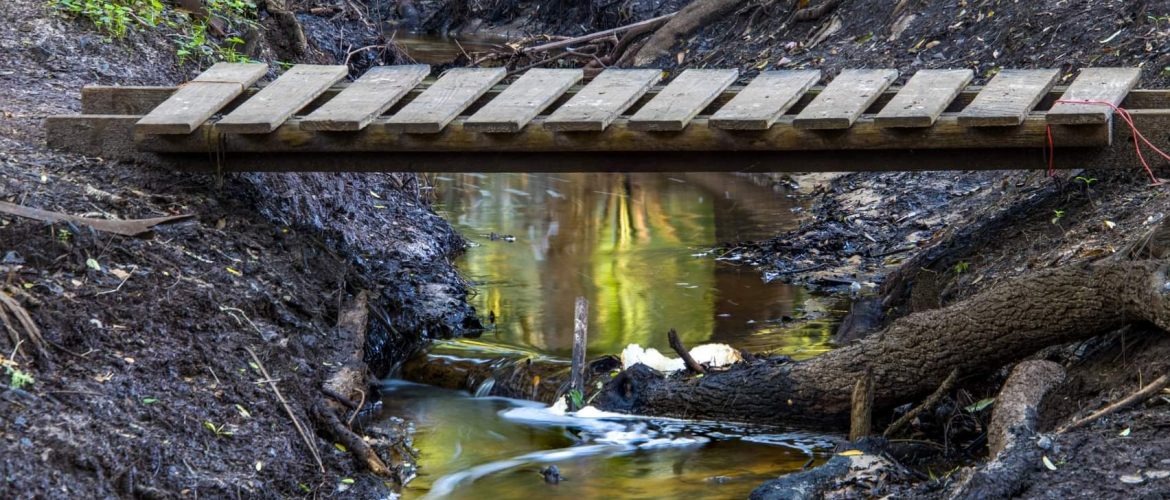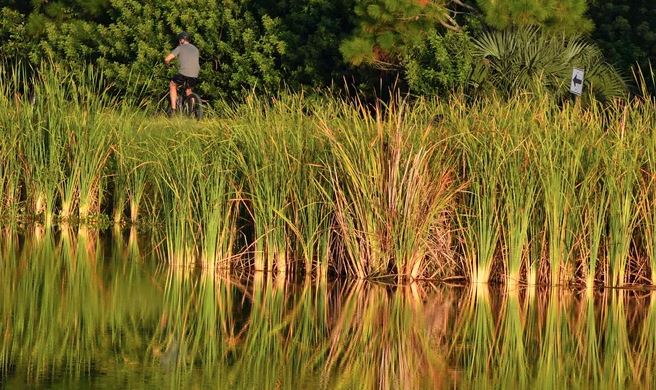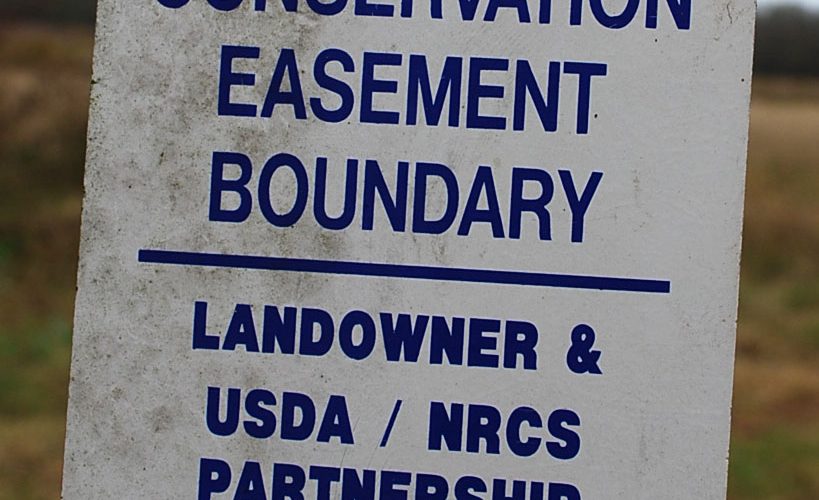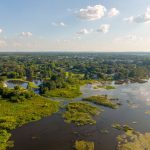Let’s get together for the Lagoon! The International Coastal Cleanup began more than 30 years ago when communities rallied together with the common goal of collecting and documenting the trash littering their coastline. The Marine Resources Council invites you to join in for this year’s cleanup on Saturday, September 17, 2022, at 8:00 AM. For event details and to RSVP, please click the “Register” button below, or visit https://2022coastalcleanup.eventbrite.com/?aff=eb. Please register soon because the supplies
Feds Advance Conservation Bank Rules The Fish and Wildlife Service today launched an effort to set uniform rules for conservation banks, an increasingly popular tool important for property owners, environmentalists and vulnerable species alike. In a belated move pushed by Congress, the federal agency initiated the first step in the rule-setting that’s supposed to culminate in improved protections for plants and animals listed under the Endangered Species Act. “Conservation banks contribute to the recovery of listed species and help reduce threats such
The 2022 Legislative Session went into overtime, as the Senate and House were not able to agree on the budget in time to adjourn by Friday. They returned on Monday, March 14 to approve the budget and adjourned sine die at 1:03 pm. The Legislature approved a budget for Fiscal Year 2022-2023 in a record amount of $112 billion. Attention now turns to the Governor and his veto power over passed legislation, including line-item veto power over the budget. The 2022 Legislature addressed a
Conservation Bank Credit Ledger Q: When a developer buys mitigation or conservation credits from the mitigation/conservation bank, does he need to keep the credit in perpetuity or can he resell the credits once the negative impact is considered offset so that the conservation bank can resell it after to another who needs to mitigate for negative impacts on the environment? A: When you purchase a Conservation/Mitigation bank credit, the credit is debited from the conservation/mitigation bank ledger which is held by the
Join Victoria and Panel on Thursday, July 21st 8:30AM -10:10AM – Marriott, Marco Island (Caxambus 1 & 2) AAA. WETLANDS MITIGATION BANKING LATEST UPDATES The growth of Florida’s mitigation banking industry has resulted in over 100 permitted banks providing mitigation to 4,000+ projects throughout the state. As the industry evolves, changes in regulatory and policy standards are inevitable. This course focuses on recent changes on a national and state level
Process of Determining How Much Wetland Mitigation Credits Cost? Depending on the quality of the wetland/surface water functions will play an important factor into the price, which can range from $30,000.00- $360,000.00/Acre of Impact. Once you apply for an Environmental Resource Permit to the appropriate agencies, we will send a reservation letter showing that the credits are reserved for your project (with a signed agreement & deposit). The process takes approx. 90 days. Once the permit is issued, and the final balance has
Changes to multipurpose mitigation banks regulation in Florida: (CESAJ-RD) On December 21, 2021, the Jacksonville Florida District Corps of Army Engineers (USACE) issued updated information on the establishment of mitigation banks. This guidance called, Guidance for Establishment and Use of Multipurpose Mitigation Banks and In-Lieu Fee Programs in the Jacksonville District (CESAJ-RD), provides regulation for banks that provide ecosystem functions fulfilling the obligations of more than one program or authority at different levels of government. This guidance, directly resulting from the
From performance-based to post-construction: How to alter the mitigation banking credit release process A mitigation bank needs “financial assurances” prior to being approved. These assurances act as collateral, ensuring that the bank will meet performance standards and offsetting the risk of investing money in a bank before credits are sold. As credits are released and sold, the sponsor gets their financial assurances back in turn. The Corps has recently reiterated language from RGL 19-01 that a mitigation bank may get
SOS for Florida’s wetlands: Time is running out for government action Will Florida’s wetland regulations return the Clean Water Act Section 404 permitting program back to the federal government due to the state’s lack of resources, familiarity, or political will to adequately tackle the more than 5,000 permit applications? https://www.floridatoday.com/story/opinion/2022/06/11/rescue-wetlands-return-states-permit-program-feds-opinion/7575527001/ “There have been editorials written urging Gov. Ron DeSantis to rescue Florida’s wetlands by returning the Clean Water Act section 404 permitting program to the federal government. They cite the state’s lack of resources, familiarity,
Guest Speaker: Keith Fountain Topic: Florida Wildlife Corridor, Land Acquisition, and Conservation Easements We are working on Conservation initiatives in Florida to sustain our natural resources for future generations The Mitigation Banking Group, Inc. is a proud sponsor of this educational luncheon at Dubsdread County Club in Orlando, Florida. Keith Fountain is an attorney and consultant in land and water conservation that, through a career, which included 20 years at The Nature Conservancy, has been involved in over 4,300 conservation real estate transactions with

